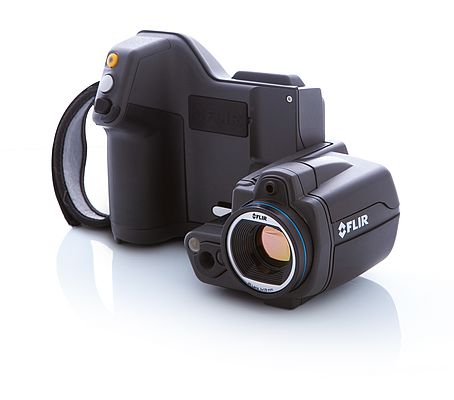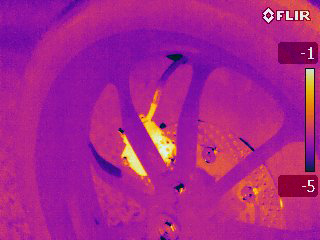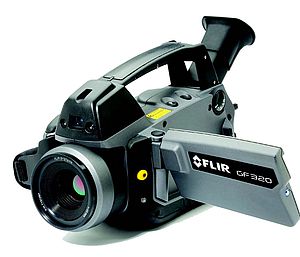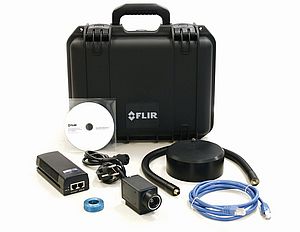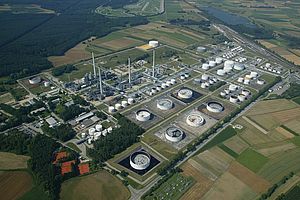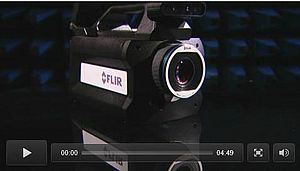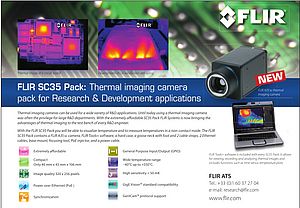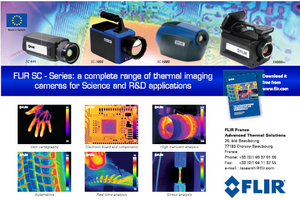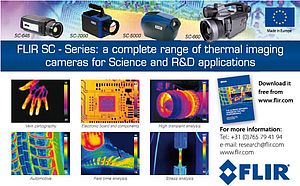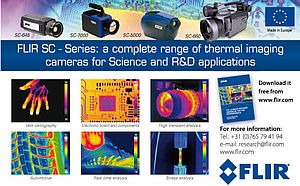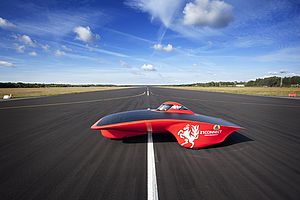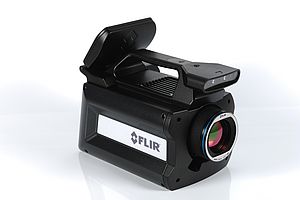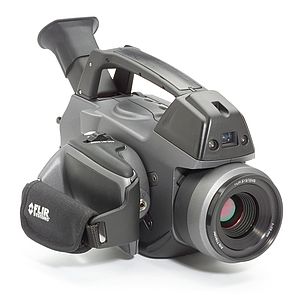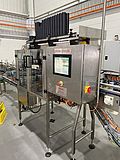Every other year since 1987, teams from all over the world are participating at the World Solar Challenge in Australia. In a friendly competition the teams depart Darwin with their own designed and build solar cars aiming to be the first to arrive in Adelaide, about 3,000 km to the south.
Solar Team Twente, a group of 16 students from two Dutch Universities, the Saxion University of applied sciences and the University of Twente, have put their studies on hold for a year and a half to attempt a first victory as the 5th team from Saxion and the University of Twente participating since 2005.
Solar Team Twente is functioning as a completely independent student endeavor. The team members design, build and test the car themselves and are independently looking for opportunities to cooperate with businesses, educational institutions and the media. However, there is more to it than just a team of 16 students. A team of partners and advisors, as well as a large group of college and university students are involved in the project to gain new experiences and win the challenge together.
Technological progress and innovation are absolutely vital for the team. The team combines many techniques into a complex system to form a solar car. One of the techniques used for the development of the car is thermal imaging.
Finding thermal imaging
One of the prior teams of Saxion and the University of Twente found out about thermal imaging when visiting a local trade show. The team immediately saw an application to utilize this technique for the development of their solar car. Already being in a final stage of the development of their car for the World Solar Challenge, they only used a thermal imaging camera for inspecting the solar panels before and during the race. With the experience of this team, the current solar team was able to use this technology from the beginning of their solar car development. They therefore approached FLIR Systems to support the team by making a thermal imaging camera available for this ambitious project.
Applications
The main reason for using thermal imaging for the development of the solar car is for the team to confirm that the different parts of the solar car are working as calculated and according to the specifications in the regulations defined by the organizers of the World Solar Challenge.
The brakes of the solar car were some of the most important parts that needed to be tested and where thermal imaging came into play. "Driving at an average speed of 50 km/h, the car must be able to undergo a braking test where it needs to be in complete standstill within a certain distance for safety reasons.", says Chiel De Wit, Chief Product of Solar Team Twente.
"To test this, we took a mock-up of the solar car to a nearby airport where we could test the car in complete secrecy, as we don't want to take any risk in revealing the technologies we use to finish first in Adelaide." With the thermal imaging camera the increasing heat of the brake discs was measured at different speeds so that it could be confirmed that these met the specification set in the regulations. Also the engine of the solar car was inspected with the thermal imaging camera when testing its maximum capacity. "Although the engine also has heat sensors installed, a thermal image gives a lot more information than the sensors."
Saving power
Energy efficiency is key when it comes to finishing the race first. "The less power the different parts of the car are using during the race the better, as this will mean more power will be available to drive the solar car", Jelle Wagenvoort, Technical Manager and member of the management team of Solar Team Twente, explains. "We used the thermal imaging camera to test the electronics of the car to see which parts consume the most power and to decide if we could replace or modify these".
Solar panels
The solar panels on the solar car, converting the sun's energy into the electricity thrusting the solar car, are without a doubt the most important parts. The photovoltaic cells, the most important part of a solar panel, must be reliable and able to continue producing electricity for the duration of the race. To ensure good quality, a thermal imaging camera can play an important role. The use of thermal imaging cameras for solar panel evaluation offers several advantages.
Anomalies can clearly be seen on a crisp thermal image and - unlike most other methods - thermal imaging cameras can be used to scan installed solar panels during operation. "A nominal loss of the production of electricity can occur when one or more photovoltaic cells in a solar panel are damaged", De Wit says. "It is very important to make sure the solar panels are in excellent condition before starting the race, but also to check the panels during the race so that we can repair or replace defective solar panels."
Handheld thermal imaging camera
FLIR thermal imaging cameras are widely used around the world for a variety of applications. Numerous new products have been developed with the help of a thermal imaging camera. Thermal imaging cameras are used for capturing and recording thermal distribution and variations in real-time, allowing engineers and researchers to see and accurately measure heat patterns, dissipation, leakage, and other temperature factors in equipment, products and processes.
Solar Team Twente used the FLIR T450sc portable thermal imaging camera with a rotating optical block, touch screen interface and with a 320 x 240 pixel resolution.
Handheld thermal imaging cameras as the FLIR T450sc are good for dynamic testing in the field. "Using this thermal imaging camera was very convenient as we have used it for different tests at different locations", says Wagenvoort. "It was the first time we worked with a thermal imaging camera and are very pleased with the quality and accuracy of the thermal images."
The FLIR T450sc thermal imaging camera can distinguish temperature changes as subtle as 0.04°C. They feature state-of-the-art detector technology and advanced mathematical algorithms for high performance and precise measurements from -20°C to +1,500°C.
Conclusion
"The use of a thermal imaging camera has helped us a lot during the development of our solar car", De Wit continues. "Without the use of a thermal imaging camera we would not have known for sure if some parts are working in the way as we thought they were working." The use of a thermal imaging camera is not only a valuable technological addition in the development phase of the solar car, but also during the race. "Our goal is to finish and win the race within four days", Wagenvoort adds. "There will be several moments during the race where we will need to service the solar car. Besides inspecting the solar panels with a thermal imaging camera, we will use it for identifying electrical components that will need cooling." Cooling of components is only allowed with water of the same temperature of the environment. "As no artificial cooling methods are allowed, it is very important to identify overheated components as fast as possible to prevent any damage that would slow us down. With the help of thermal imaging we are confident we have developed a solar car that will give us a head start with respect to the competition", Wagenvoort concludes.



